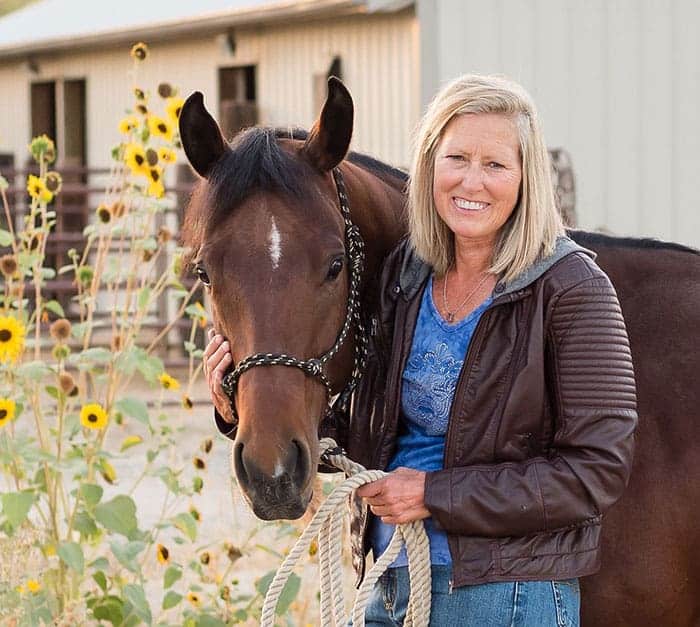West Nile Virus Prevention Tips for Horse Owners
- Posted by Alayne Blickle
I doubt there’s one among us that’s not aware of West Nile virus (WNV). Since the disease was first reported on in the United States in 1999, more than 30,000 people have been reported as getting sick with West Nile virus. As we all know, it’s the dreaded mosquito that spreads this serious, life altering disease.
This year incidences of the disease have been on the rise. As of September 4, 2012, 48 states have reported WNV infections in people, birds, or mosquitoes–1,993 cases in people, including 87 deaths. Over 70 percent of the cases have been reported primarily in six states: Texas, South Dakota, Mississippi, Oklahoma, Louisiana, and Michigan, however some type of WNV activity has hit the entire continental United States. Since the disease was first detected, this is the highest amount of cases reported for this time period.
As you may recall, most people who become infected with WNV don’t get sick. Some develop mild flu-like symptoms. In rare cases, WNV may cause encephalitis or inflammation of the brain. The majority of humans who die from WNV are older and may had a weakened immune system.
It appears to be different for horses; horses of all ages have succumbed to the disease. Symptoms of WNV are similar to other neurological conditions including rear limb buckling, knuckling over and ataxia. As of the first part of this month 33 states had reported 186 equine cases of WNV. Horses doing poorly rarely recover–the fatality rate for horses with WNV is about 33%–but fortunately there are steps that we can take that can help reduce our risk and the risk of our horses for exposure
Create a free account with TheHorse.com to view this content.
TheHorse.com is home to thousands of free articles about horse health care. In order to access some of our exclusive free content, you must be signed into TheHorse.com.
Start your free account today!
Already have an account?
and continue reading.

Written by:
Alayne Blickle
Related Articles
Stay on top of the most recent Horse Health news with













One Response
re: West Nile Virus Prevention Tips for Horse Owners
You must also install proper drainage system in the stable or barns. One easy way is to gradually slope the ground to a center drain system that runs through all of the stalls that allows water and urine to run outside rather than sitting in the stall.